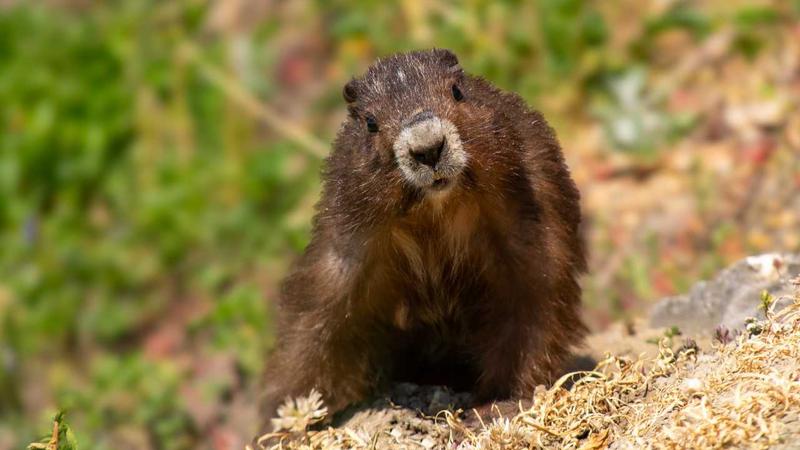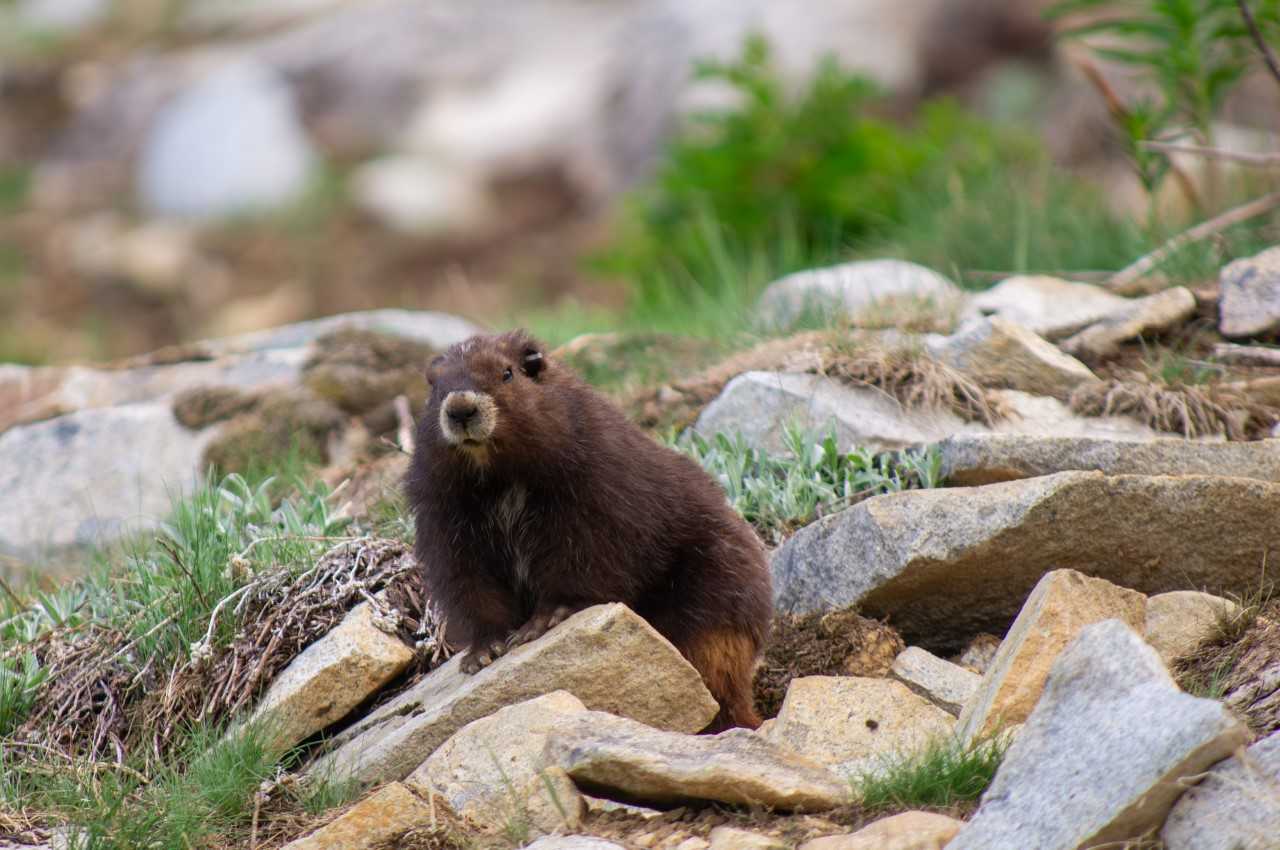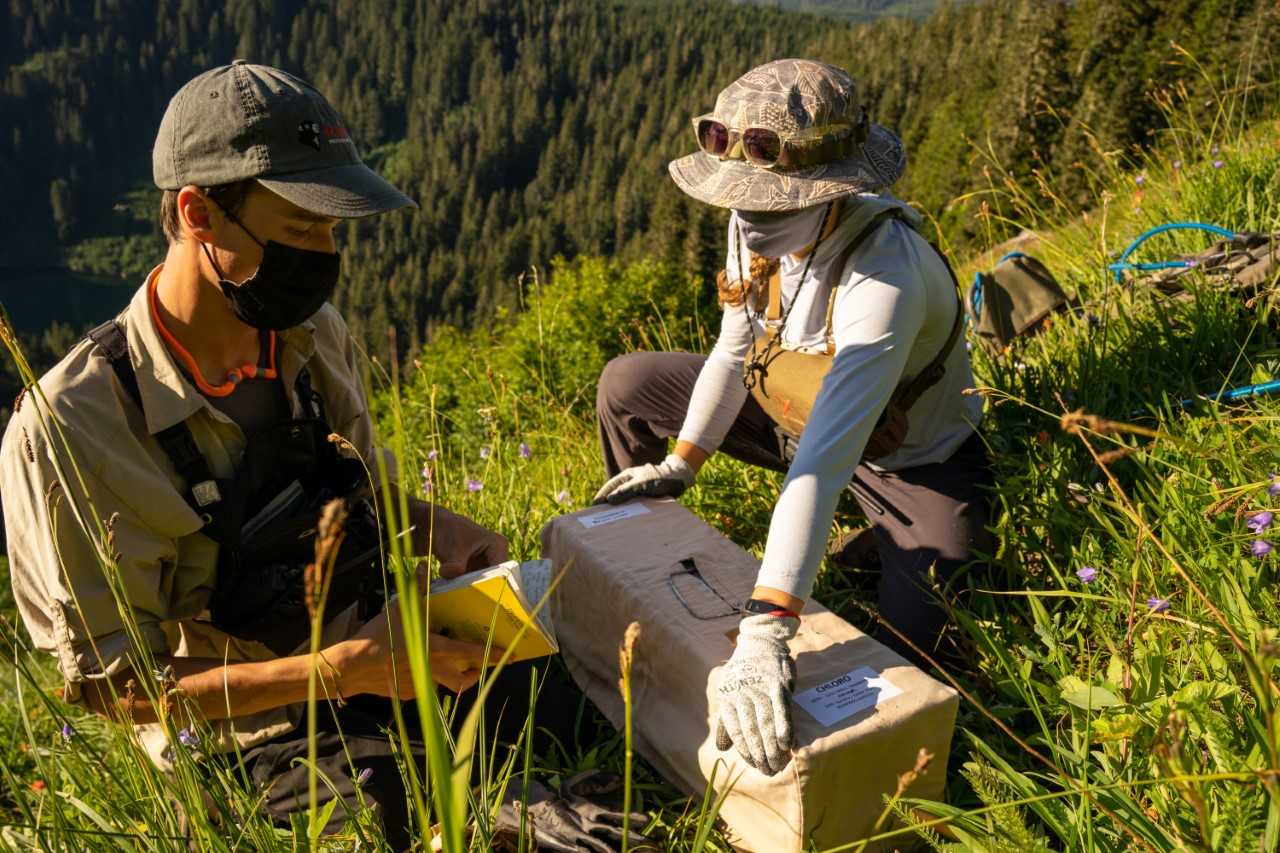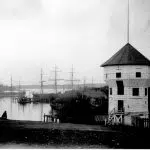
Nanaimo area resurgence aiding comeback of Vancouver Island marmots
NANAIMO — On the cusp of being wiped out forever, Vancouver Island marmot populations are slowly, yet steadily gaining traction.
Efforts by Nanaimo-based Marmot Recovery Foundation focusses on increasing population numbers by fostering a more desirable climate for the beloved herbivores.
Foundation executive director Adam Taylor told NanaimoNewsNOW only 22 marmots were counted in 2003 on Vancouver Island split between Mount Washington and the Nanaimo Lakes area.
However, the most recent available data from last fall tells a more favourable story.






